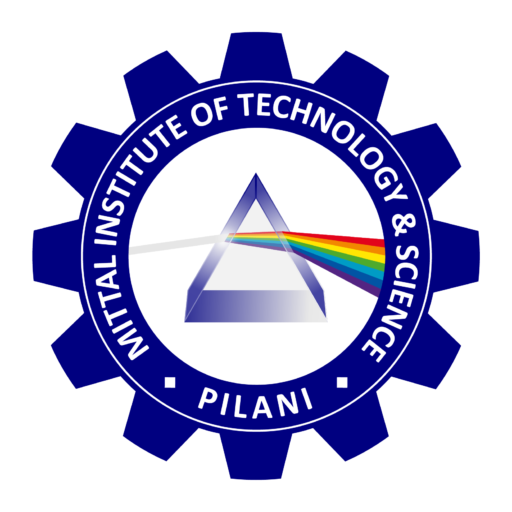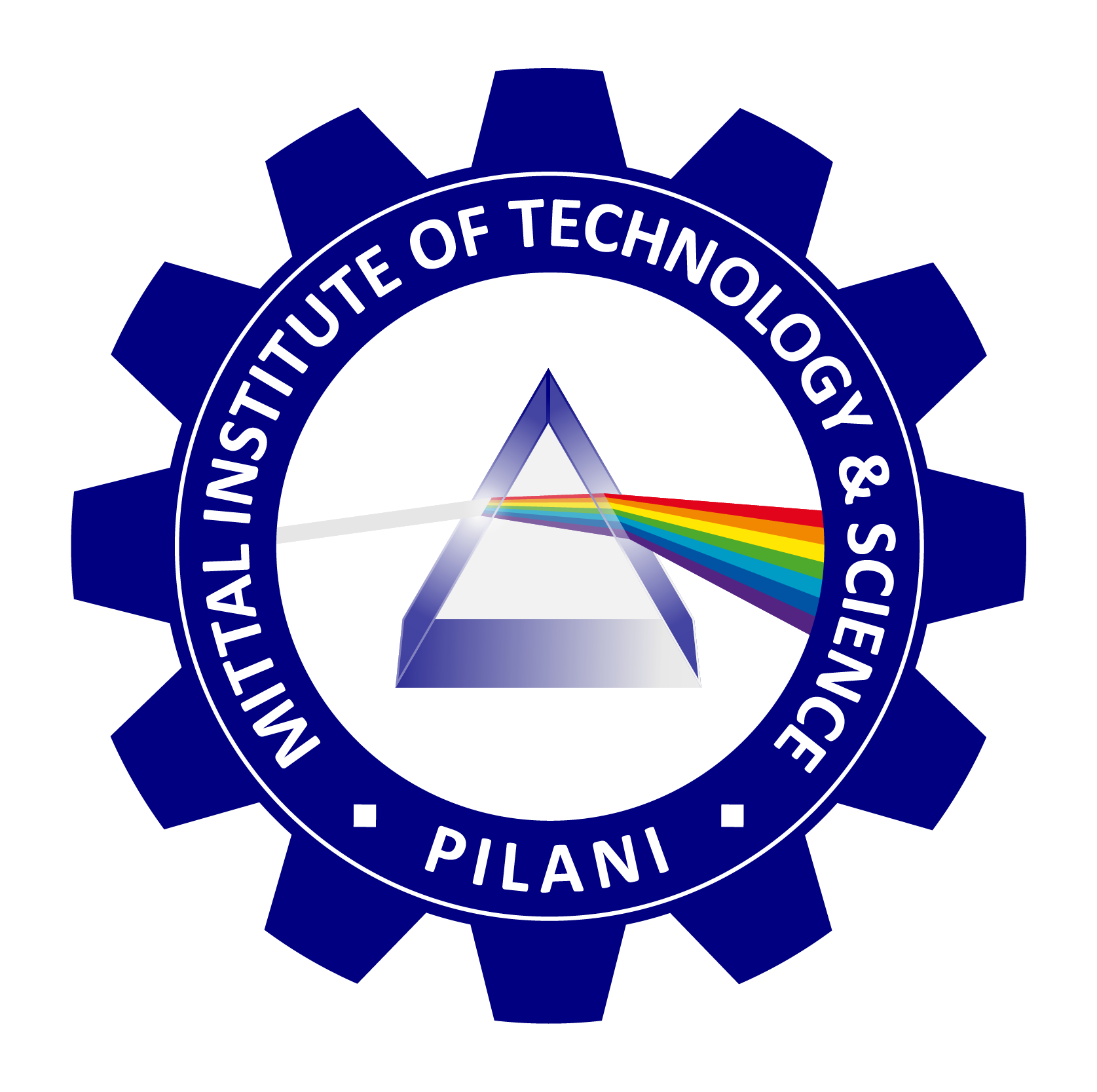
MITTAL INSTITUTE OF TECHNOLOGY & SCIENCE, PILANI
Communication Technology Used to Control and Monitor Rovers and Other Equipment on Mars from NASA Mission Control
Space exploration, particularly missions to Mars, is a testament to human ingenuity and technological prowess. One of the most crucial aspects of interplanetary missions is the communication system that enables mission control on Earth to control and monitor rovers, landers, and other equipment on Mars. The vast distance between the two planets presents significant challenges, including the time delay, limited bandwidth, and environmental factors such as radiation. However, NASA has developed highly sophisticated communication technologies to overcome these obstacles.
- Challenges of Mars Communication
The distance between Earth and Mars varies between 54.6 million kilometers to 401 million kilometers, depending on their relative positions in their orbits. At its closest, it takes about 4 minutes for signals to travel one way, and at its farthest, it can take up to 24 minutes. This delay, known as the light time, means that real-time control of equipment is impossible. Communication systems must be designed to be highly autonomous to allow rovers and other instruments to make some decisions on their own.
Additionally, the Martian environment is harsh, with extreme temperatures, dust storms, and radiation that can interfere with signals. The communication systems need to be robust enough to withstand these challenges while maintaining data integrity over long distances.
- NASA’s Deep Space Network (DSN)
The backbone of NASA’s communication system with Mars is the Deep Space Network (DSN). The DSN is a worldwide array of giant radio antennas that are spaced strategically in three locations: Goldstone (California, USA), Madrid (Spain), and Canberra (Australia). This global coverage ensures continuous communication with spacecraft as the Earth rotates.
The DSN uses powerful radio transmitters and receivers operating in multiple frequency bands, primarily the X-band (8-12 GHz) and Ka-band (26.5-40 GHz). These high-frequency bands allow for the transmission of large amounts of data with minimal interference. The DSN can handle uplink commands from Earth to Mars and downlink telemetry, images, and scientific data back from Mars.
- Rover Communication Systems
Mars rovers like Curiosity, Perseverance, and the now-inactive Opportunity are equipped with multiple communication systems to ensure reliability. They rely on two primary communication methods:
- Direct-to-Earth Communication (DTE): The rovers can communicate directly with Earth using their high-gain antennas. These antennas are steerable and allow the rover to send and receive signals directly to and from NASA’s DSN. However, due to the high power requirements and limited data rates (typically about 500 bits per second), this method is used sparingly, primarily for sending commands from Earth to the rover.
- Relay via Orbiters: The more efficient method is to communicate via orbiters around Mars. Orbiters like Mars Reconnaissance Orbiter (MRO), Mars Odyssey, and the European Space Agency’s Trace Gas Orbiter (TGO) serve as intermediaries. The rovers transmit data to the orbiters using Ultra-High Frequency (UHF) radios, which operate at much lower power and can send higher data rates (up to 2 megabits per second). The orbiters then relay this information back to Earth via the DSN. This system is more energy-efficient and allows for larger volumes of data transmission, including high-definition images and videos.
- Autonomous Systems and AI on Mars
Given the communication delay between Earth and Mars, NASA has implemented sophisticated autonomous systems in its rovers. These systems allow the rover to make decisions without waiting for instructions from Earth. For example, rovers can autonomously navigate using hazard avoidance algorithms, select scientific targets, and even carry out certain experiments.
NASA’s Onboard Autonomy (OA) system enables a degree of self-management for rovers. For example, in the case of the Perseverance rover, the onboard AI can make decisions about which images to capture and send back, based on their scientific relevance. This minimizes the need for continuous human intervention and optimizes the limited communication bandwidth.
- Fault-Tolerant Communication
Mars rovers and orbiters use error correction protocols to ensure data integrity. The communication system incorporates techniques like Forward Error Correction (FEC), which allows the receiver to detect and correct errors that may have occurred due to noise or interference in the transmission. This is crucial because data transmission across millions of kilometers is highly susceptible to distortion from cosmic rays, solar radiation, and other space phenomena.
In addition, NASA uses a store-and-forward technique, particularly when the rovers communicate with orbiters. The data is stored in the rover’s memory and then forwarded when the orbiter passes overhead. This ensures that no data is lost if the rover cannot immediately transmit to an orbiter.
- Future Developments in Mars Communication
NASA is continually improving its communication technologies for future missions. The next frontier is the use of laser communication (also called optical communication), which promises significantly higher data rates compared to radio waves. NASA’s Laser Communications Relay Demonstration (LCRD) is exploring the use of lasers to transmit data at rates up to 100 times faster than current radio systems. This would enable the transmission of larger amounts of data, such as 3D video or more detailed scientific readings.
Additionally, NASA is exploring the use of networked communication systems, akin to the internet, for future Mars missions. This interplanetary internet would allow multiple spacecraft, landers, rovers, and orbiters to communicate with each other, forming a resilient, mesh-like communication network that could increase reliability and data throughput.
The communication technology used to control and monitor Mars rovers and equipment from NASA’s mission control is a marvel of engineering, overcoming immense challenges posed by distance, time delays, and environmental factors. The use of NASA’s Deep Space Network, along with relay communication via orbiters, has allowed for successful Mars exploration. As technology advances with laser communication and more autonomous systems, the future of interplanetary communication will become even more robust and capable, paving the way for human missions to Mars and beyond.

Professor Rakesh Mittal
Computer Science
Director
Mittal Institute of Technology & Science, Pilani, India and Clearwater, Florida, USA
